Education for Peace – Leadership and Emotional Health Program
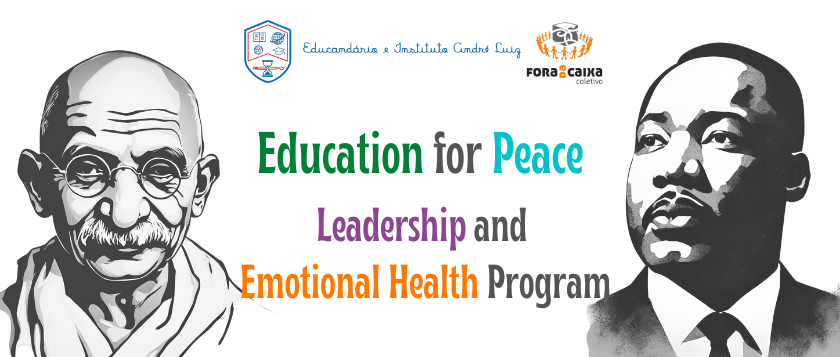
This article is a presentation of the best moments of the program Education for Peace carried out throughout 2023 by the team of the cultural collective Fora da Caixa in partnership with the Educandário e Instituto André Luiz.
Since 2018, we have been working with children and young people supported by Educandário, always seeking to develop and improve our education program of Leadership and Emotional Health. We have already published the results of previous years in other articles, here we will highlight the conversations, reflections, presentations and opinions of the young people who were present at this year’s meetings.
The strategies developed and adopted in the program are the result of years of studies and research carried out by Regina Proença, coordinator of Fora da Caixa Cultural Collective which has been developing and implementing Education and Culture of Peace projects for over 25 years. The excellent results obtained have brought us several awards, national and international recognition, and invitations to present our program at Peace Education events in India, Mexico, Nepal, United States and Brazil. This makes us proud and motivates us to continue our work even more. The combination of scientific and philosophical information associated with dialogue and group dynamics guides the classes, the active participation of the youngsters is always encouraged and valued. This year we had the special participation of Mirela Proença, a member of our team who enriched our program with her presence. The youngsters were able to count on her support, guidance and friendship throughout the year and this made a huge difference in the final result. Her observations, life and professional experience in living in other countries brought many opportunities for cultural information and reflections to the group.
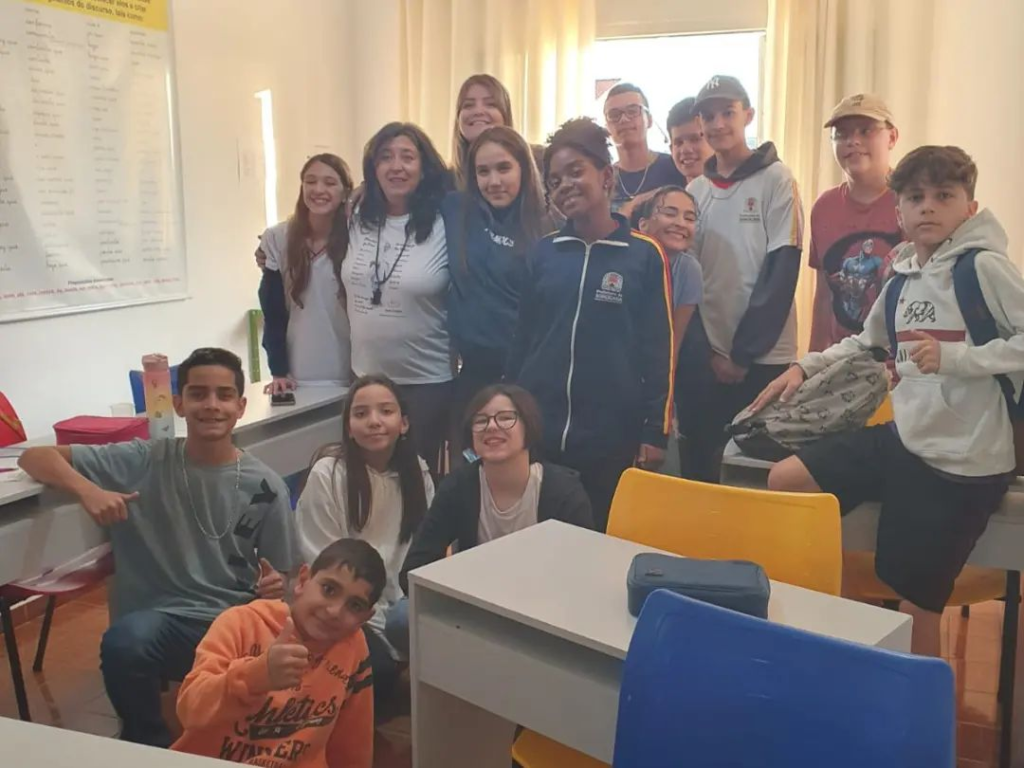
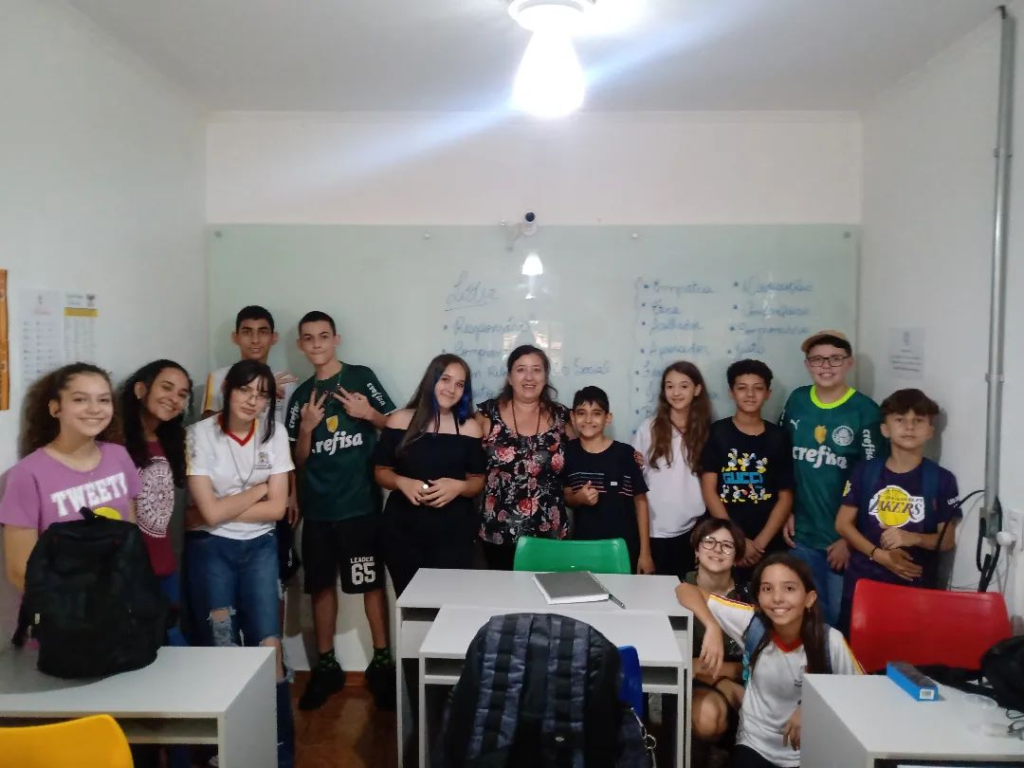
Program Structure
The classes are designed in three phases: me – with myself, me and others and me and the community. In the first phase we address issues and dynamics of self-knowledge, we introduce breathing exercises, body awareness and silent meditation to the group. We applied a questionnaire about Emotional Health where we explore the predominant feelings and emotional effects observed during the pandemic period. Another questionnaire about Behavioral Ethics was applied where they described the way they behave in their routine at home and at school, in addition to questions about their socio-emotional issues and difficulties related to physical and psychological health.
The moments of silence helped to reduce anxiety and improve the emotional balance of young people.
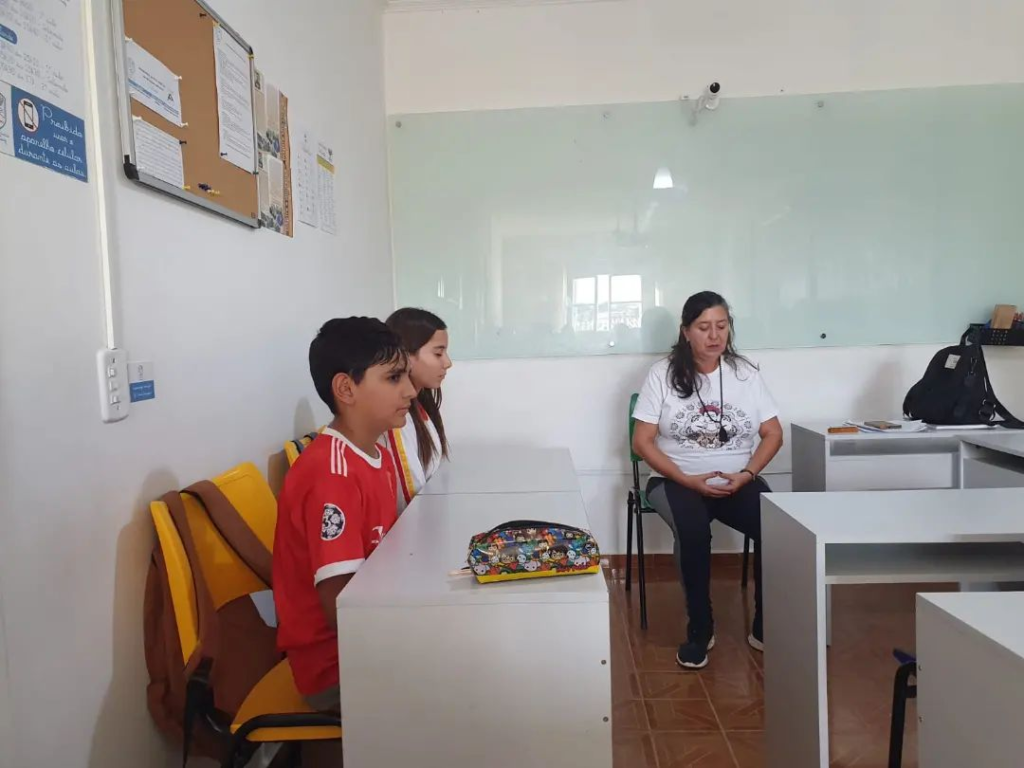
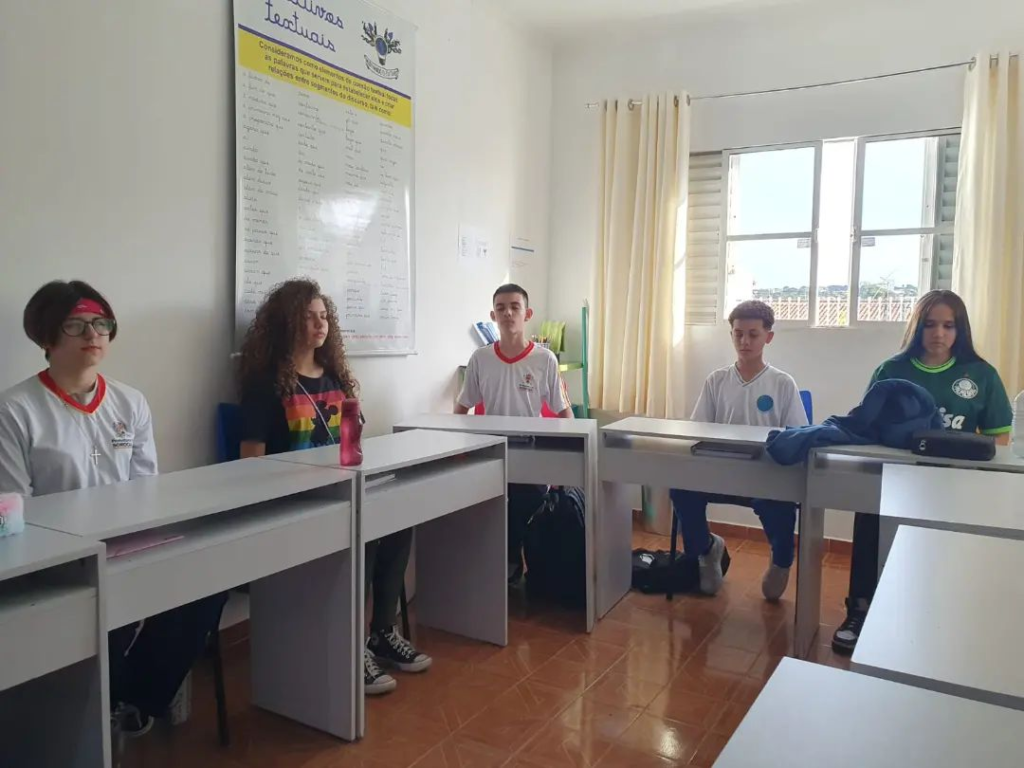
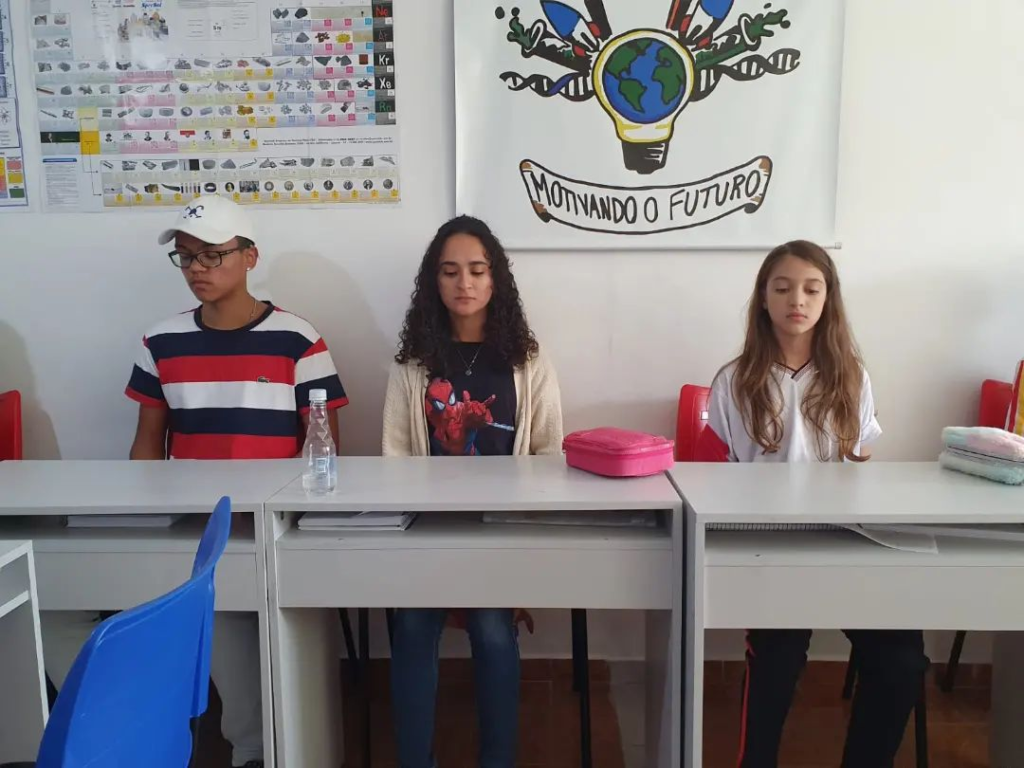
At the beginning we talked a lot about the effects that the Pandemic had on the group, about what it was like to deal with isolation, with deaths of people in the family and community, how they were affected by anxiety, sadness and the constant state of fear of contracting the virus. We talked about the importance of vaccination and how to seek correct scientific information to reduce the harmful effects of fake news that are multiplying on social media.
Little by little we introduced a repertoire that had a more philosophical and political-social content, the reflections became deeper and related to social movements, human rights, peaceful demonstrations and personalities that inspired the world through their moral authority and ethical leadership.
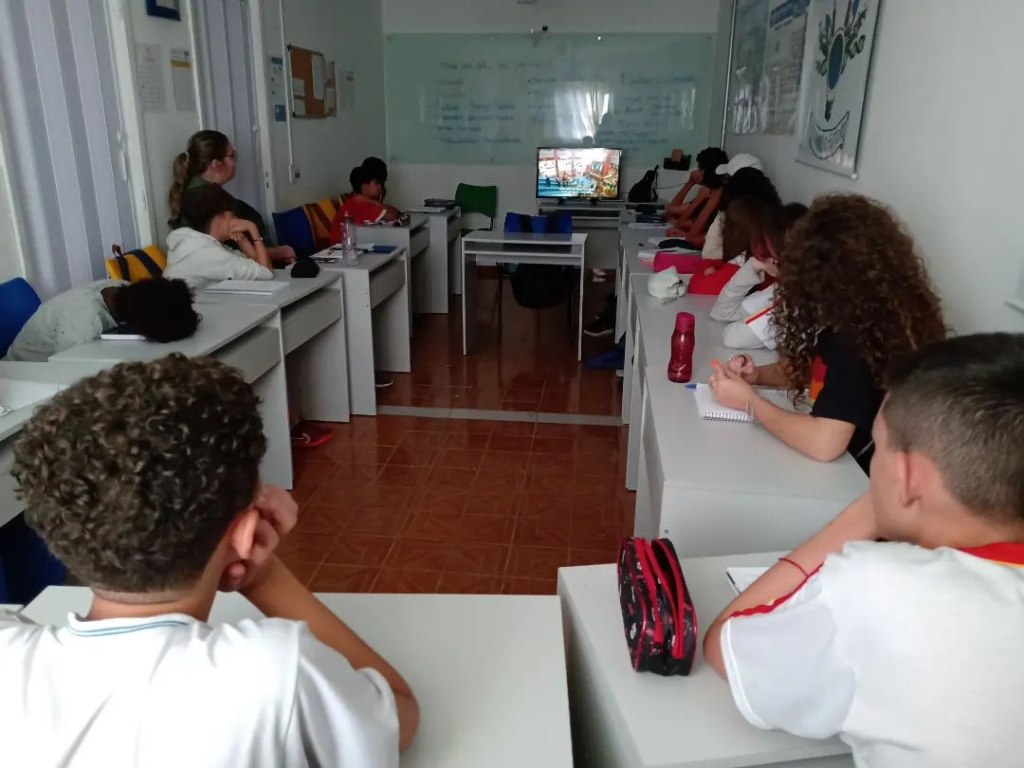
Through documentaries, films and lectures, we presented the philosophy of non-violence of Mahatma Gandhi, Martin Luther King, Mandela, Rosa Parks,Malala, Greta Thumberg, among others. We reflected on the racial desegregation, boycotts, marches, peaceful protests and occupations, feminism, human rights, vocations and dreams.
We also invited young people to use creativity as a strategy to improve concentration, reduce anxiety and thus get in touch with art through painting mandalas. This experience was very positive and the result provided a variety of beautiful mandalas, which were displayed in the Educandário so that everyone could appreciate them.
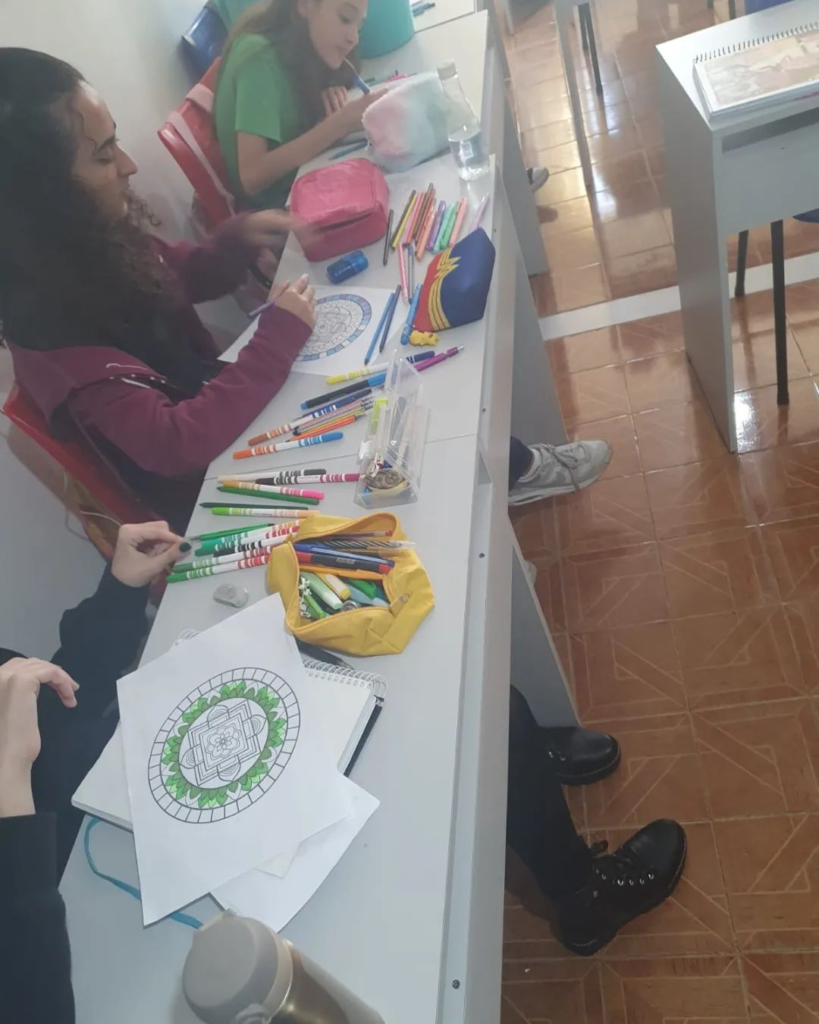
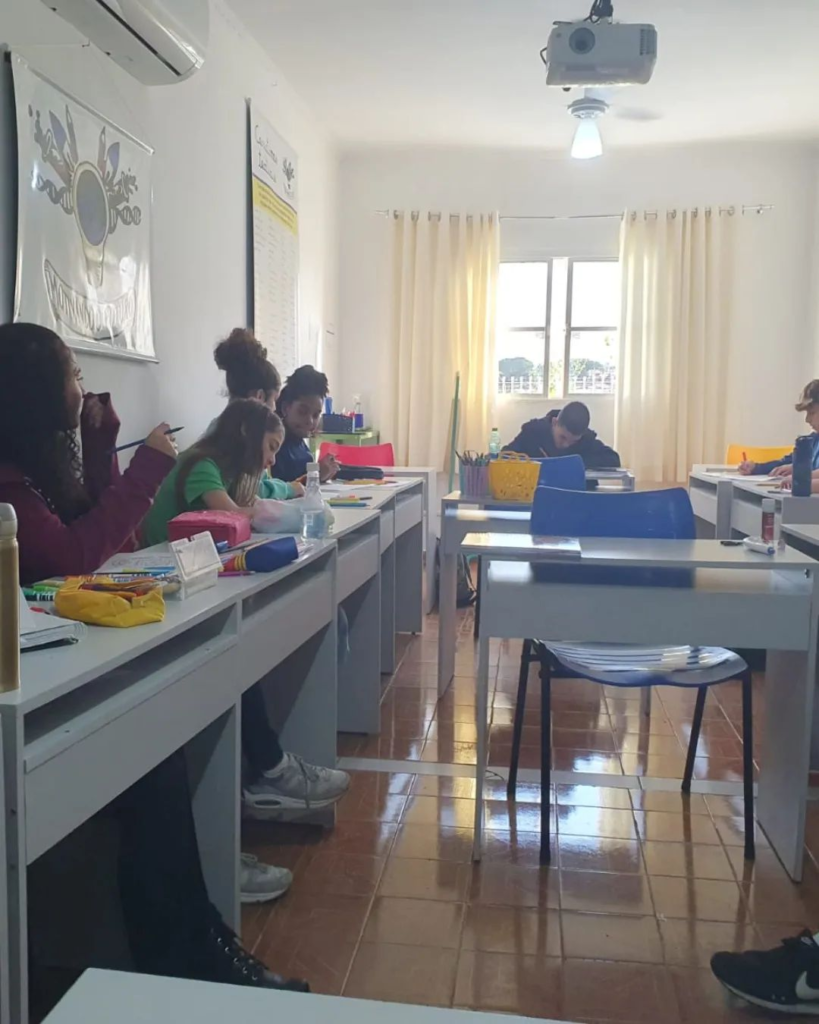
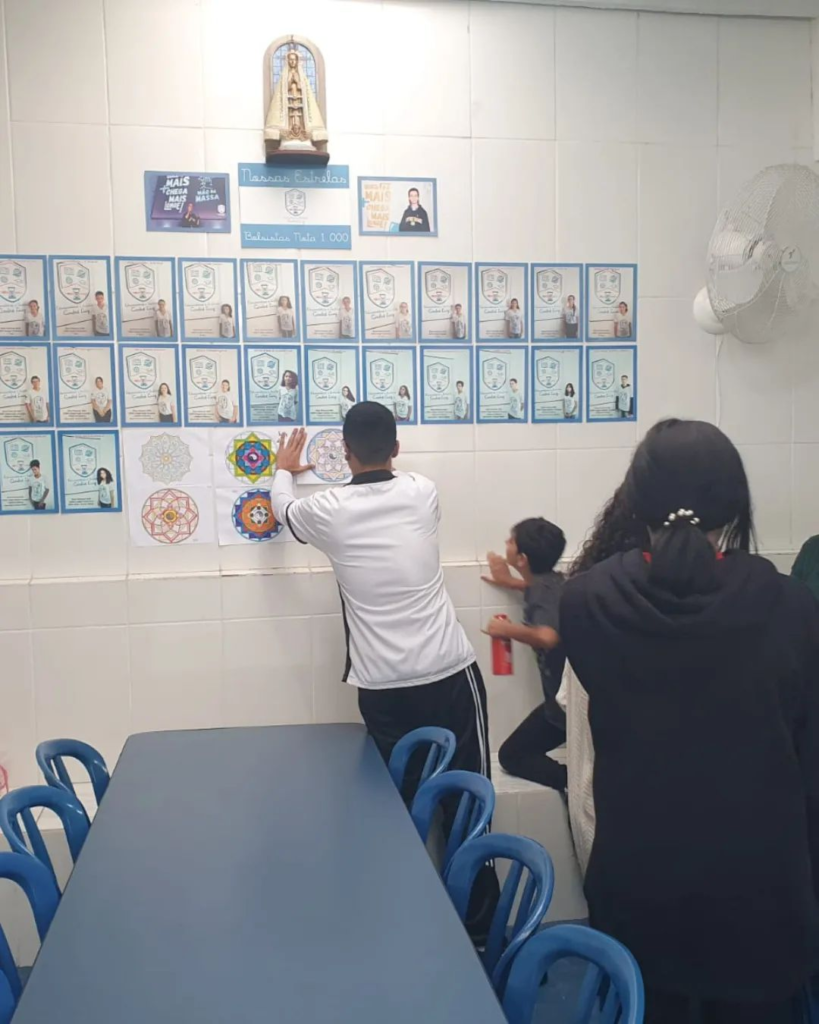
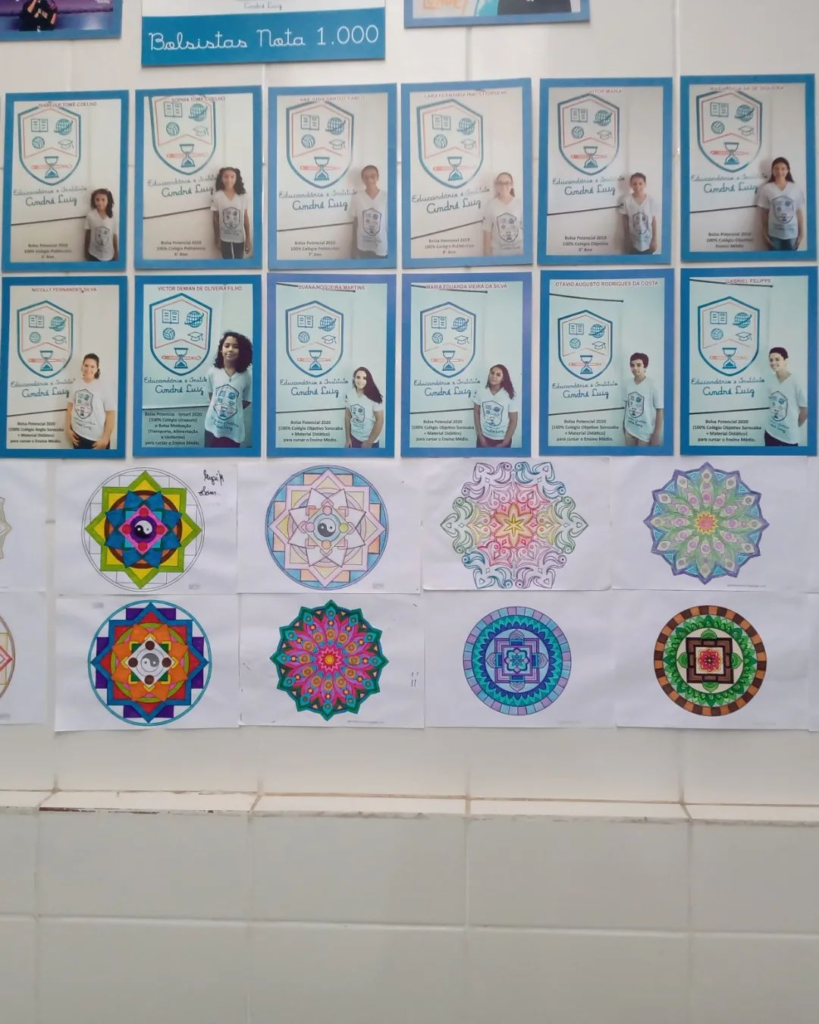
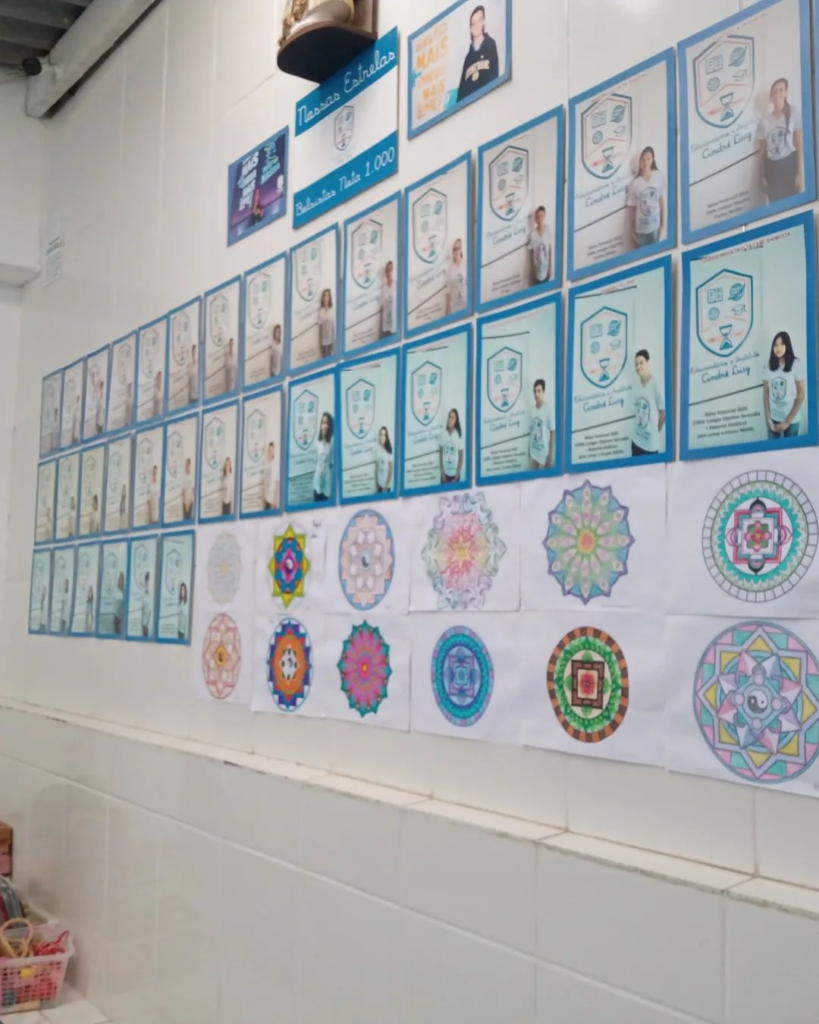
The questionnaires and proposed activities helped us get to know the participants better and helped create a harmonious, stimulating and peaceful environment where differences were valued and the exchange of opinions and knowledge flowed freely and lightly. We had no problems with indiscipline, bullying or any other disrespectful behavior involving verbal and/or physical aggression.
Most classes are held with chairs and tables arranged in a circle, facilitating expression and dialogue with participants. We do not adopt the traditional model where the teacher is the only one who can see the faces of the participants, everyone has a speaking place and everyone can see each other. It seems like a banal thing, but the structure of a traditional school does not allow good communication, the arrangement of chairs is done in a way where the teacher is included in the circle. The traditional way separates and distances the teacher from the students, creating a structure of hierarchy and power that comes from medieval times, where the teacher was considered the only one who had knowledge, see the meaning of the word “student”, which comes from Latin “aluno” and means “ without light.”
The format of the classes was reflected in the program evaluation responses, as noted by one of the participants:
“I really enjoyed all the classes, it was a different experience, I felt connected with the teachers and that changes a lot. The themes are subjects that interest me a lot, so each time, I became more curious. I like how the class is similar to (or is) a conversation circle, it makes us more comfortable”
Gabriella, 17 years old.
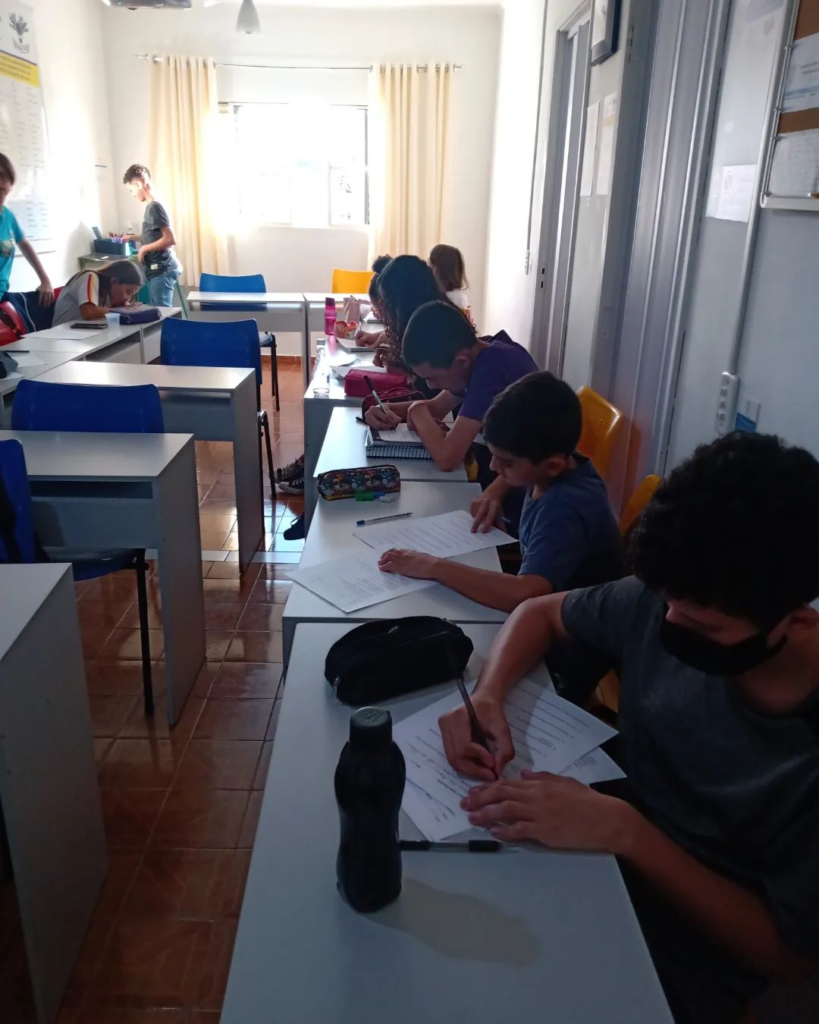
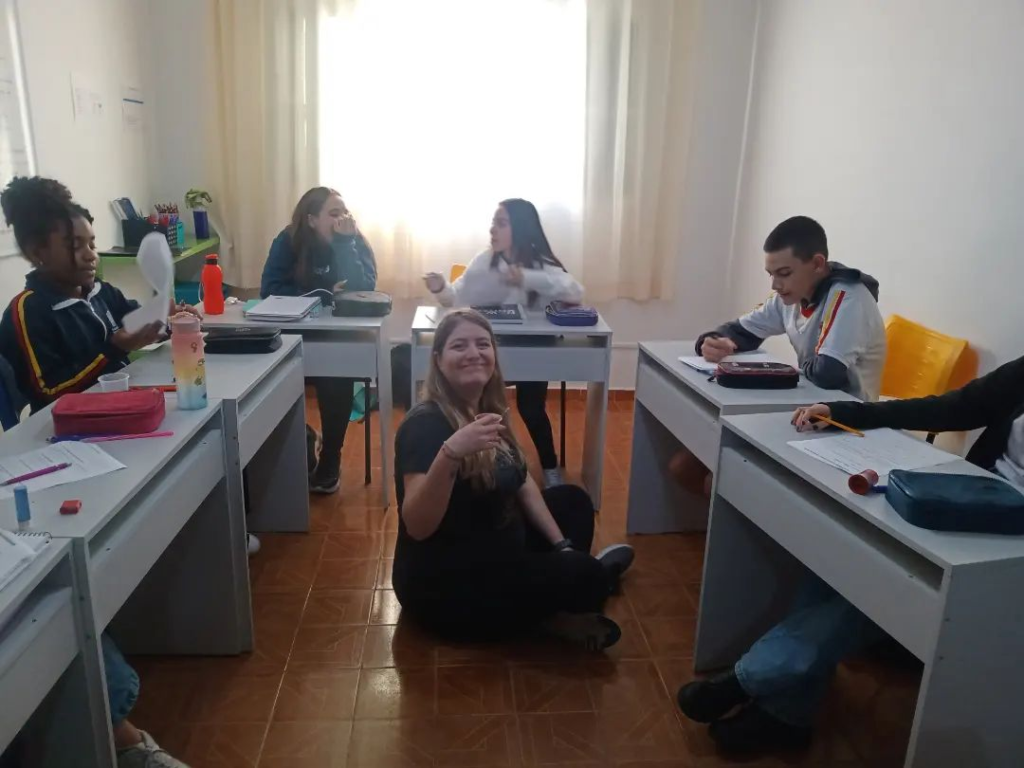
Mirela interacting with the group, everyone felt free to ask or express themselves on any topic.
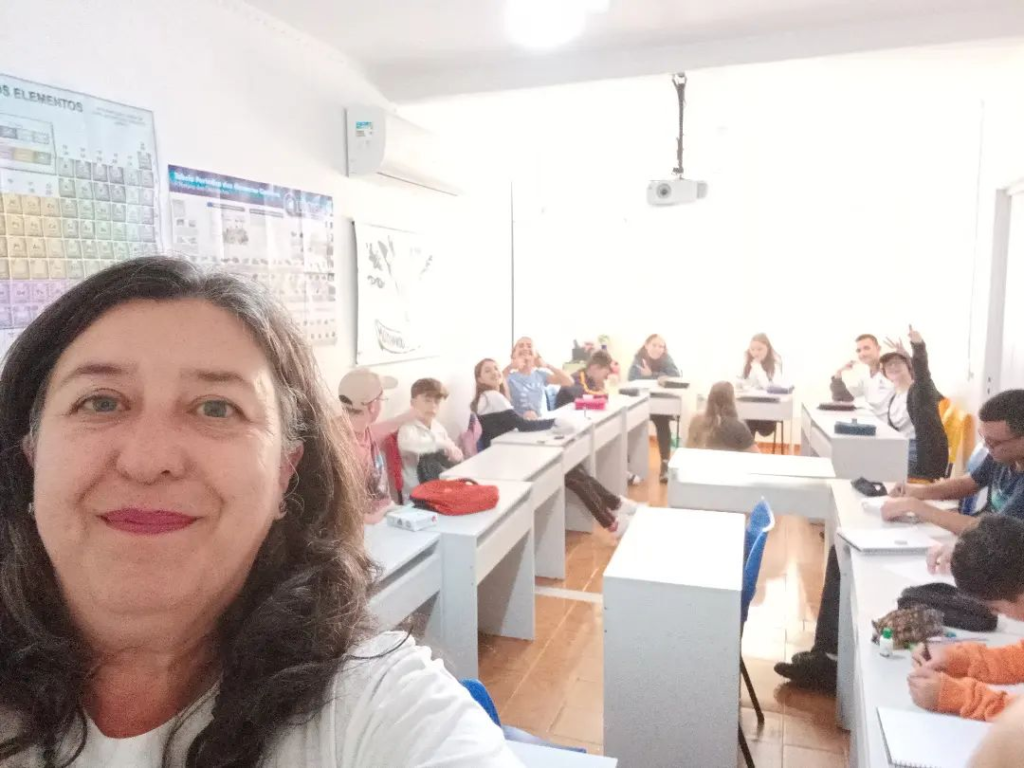
When they learn to dialogue, listen to others and disagree respectfully, they are able to carry out more efficient, empathetic and inclusive communication. Thus providing emotional maturity in their interactions inside and outside the school environment. This learning is very valuable. We hope that these positive attitudes can accompany them into their adult life.
This perception of how participants will take to life the teachings they received in the program was presented in the remarks of Vitor, at just 11 years old, when talking about which of the documentaries had the biggest impact on his life:
“The Mahatma Gandhi documentary. Because I deal with issues without knocking like them and practice lots of satyagraha with my friends.”
Vitor Hugo, 11 years old.
For those who are not familiar with the terms used by Gandhi, satyagraha means “firmness in the Truth”, acting ethically and without giving up moral and human principles.
Among the activities proposed to the participants, we had an experience entitled “Privilege Walk”, it is a dynamic that was adapted and applied with young people so that they could understand the obstacles and privileges they have in their lives. We also use this dynamic to show that even with all the obstacles that adult life presents us, we can develop our talents and gifts to break the cultural and social bubble that surrounds us. This is often our differential, it is our commitment and dedication that generates good results. We have to nourish the dreams and hopes of the group because this is what makes our existence enriching and makes achievements appreciated at each stage.
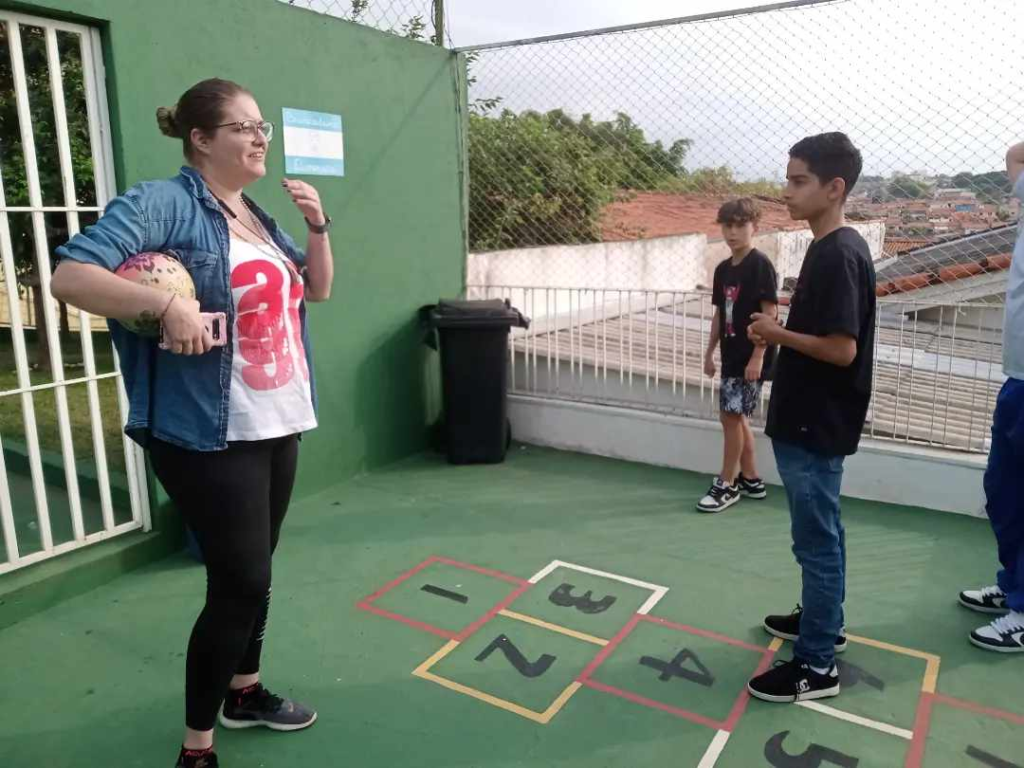
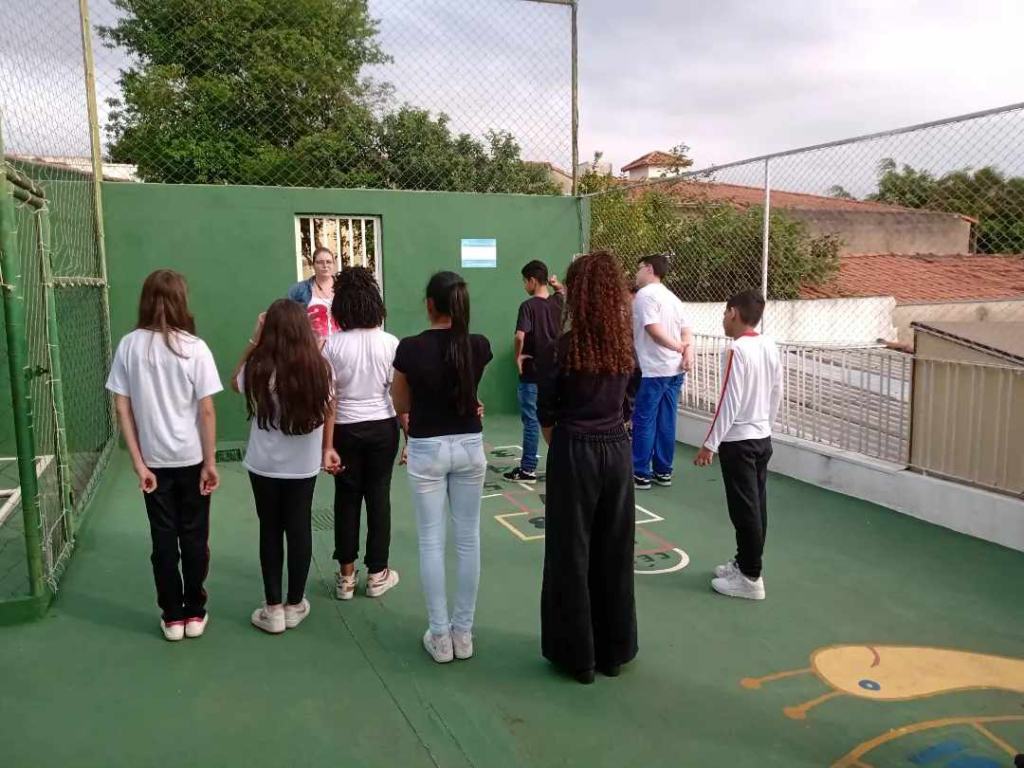
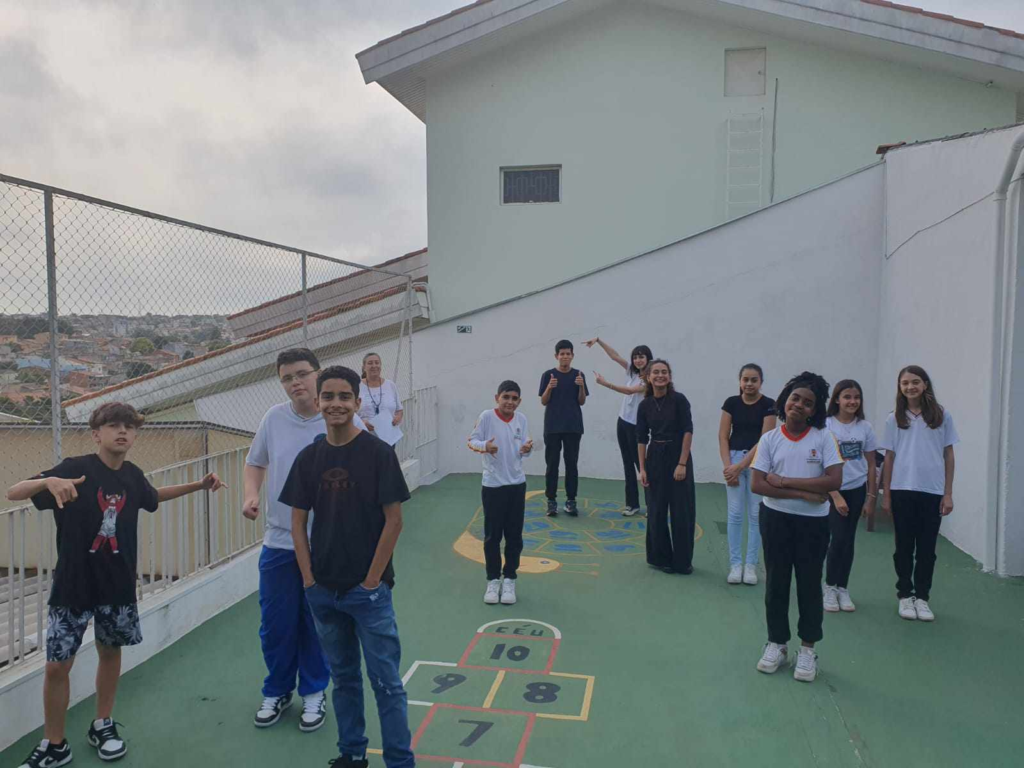
Although our main focus was on Peace Culture strategies and self-knowledge, during the project we saw the beginning of conflicts in the Gaza Strip. This led us to provide a historical contextualization of the factors that culminated in this tragic event. It was interesting that even before we developed the topic, the youngsters expressed empathy and compassion for both sides. They did not position themselves for or against Israel and Palestine, but they were positioned in favor of Life. We realized that the program’s journey was already offering us its fruits, showing that generosity, kindness and compassion had already settled in their hearts. A war is never the best way to resolve a conflict, nothing justifies the brutality, murders and devastation of bombings, civilians are the ones who suffer the most always. We have been through other periods of war and unfortunately we have not yet learned to dialogue. We repeat the same mistakes as before and consequently the results will be similar. As Mahatma Gandhi pointed out, “an eye for an eye and everyone will go blind”. Amidst sadness and disappointment due to the failure of diplomatic relations, they are still at war despite having spent more than two months of conflict.
Art as mean of PeacebuildingWe presented them the exhibition Art for Peace, which in this edition our project received works from artists living under the rule of the Taliban in Afghanistan, in a refugee camp in Kakuma in Africa, and some of the artists who managed to escape and today live as refugees in Pakistan. Real cases of people who suffer with violence and conflicts. This contact with the works and stories of the dilemmas surrounding the creations helped to complement our teachings about the need to create a better world, where people can enjoy the basic conditions of social justice, human rights, well-being and peace. The works were displayed alongside the artists’ profiles and everyone was able to get in touch with the different cultures and contexts where they live.
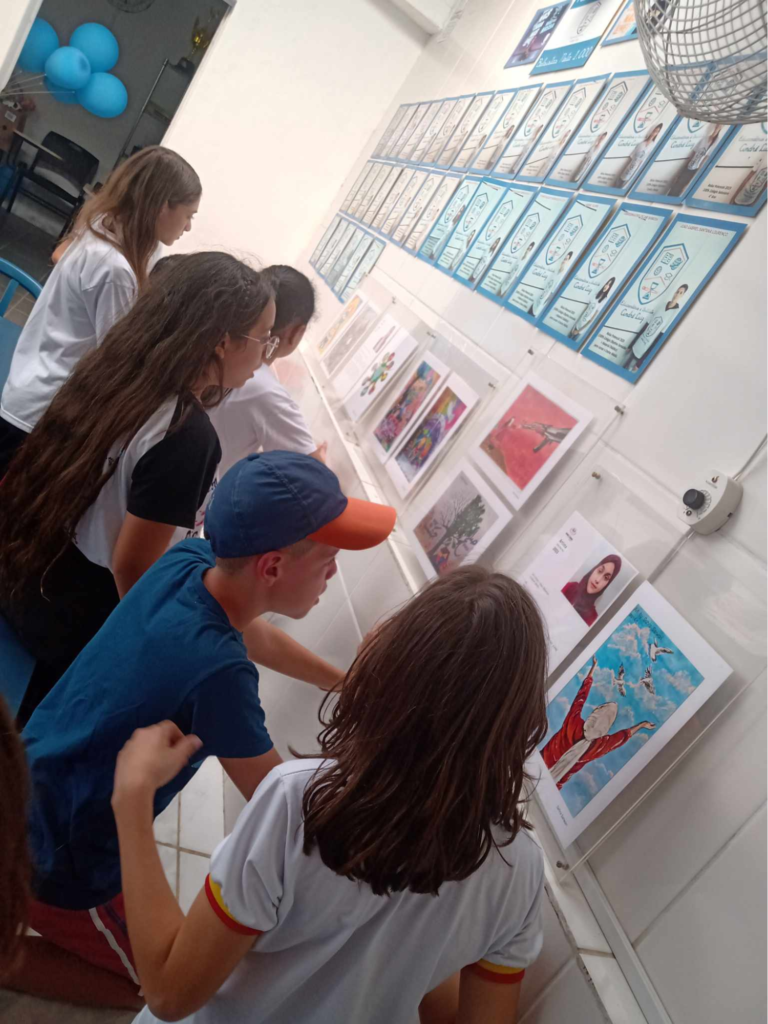
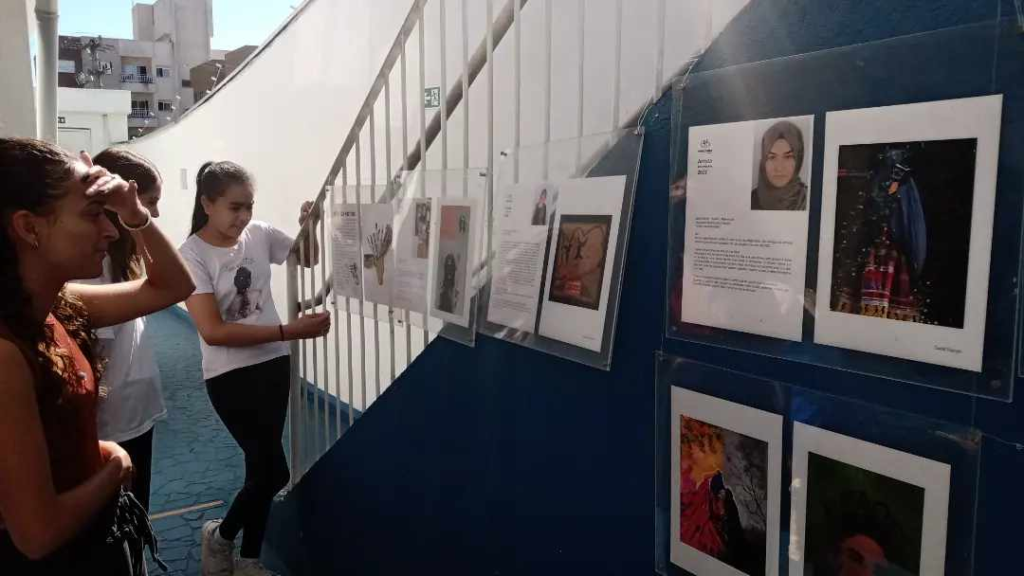
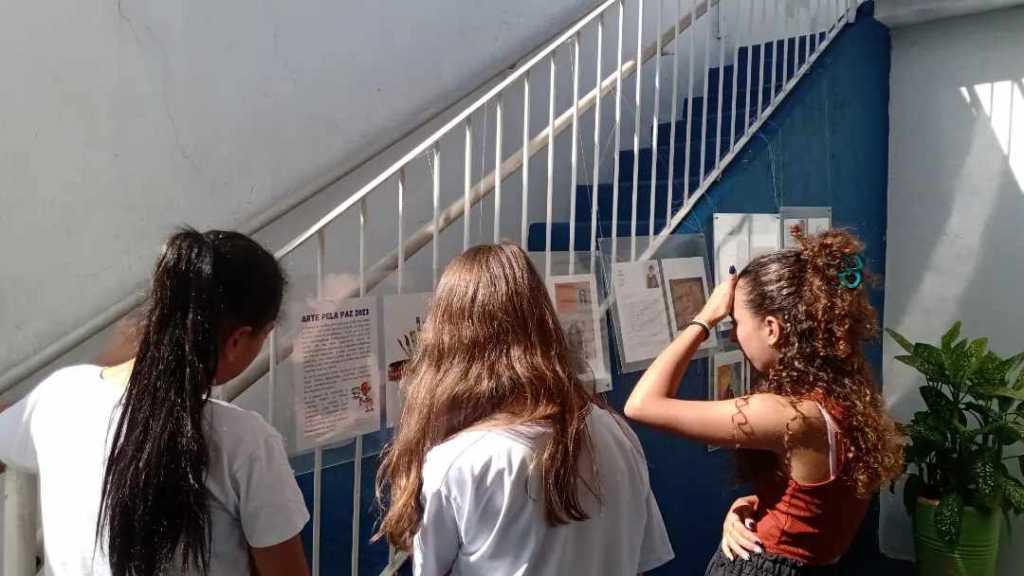
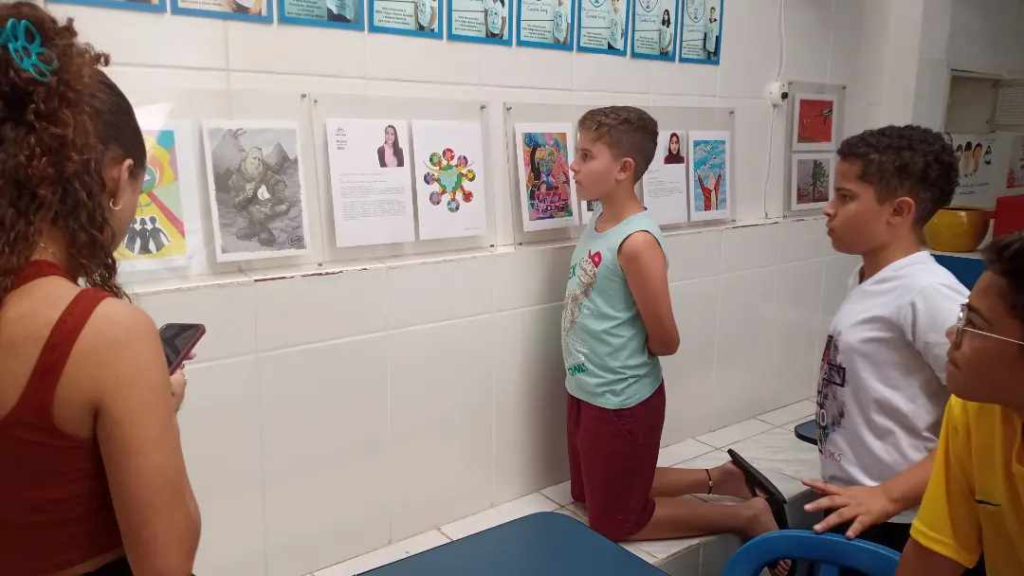
We have addressed the issue of emotional health on several occasions, offering some strategies for dealing with anxiety, stress and insecurity, conditions that are very common among teenagers today. The report on how it was to learn about the subject was observed in the response to our evaluation questionnaire about which documentary had the greatest impact:
“O documentário sobre ansiedade, pois foi mostrado em um momento onde eu estava tendo crises constantes e no final ajudou muito.”
Miguel, 15 years old.
We talked in class about career choices and what professions they already have an inclination towards according to a vocational test that was applied. Of course, some are not yet at the stage of choosing a profession as we have participants between 11 and 17 years old, but the guidance, conversations and presentation of an overview of new professions helped to bring this topic to the group and those who are preparing for the entrance exams were able to ask questions and solve doubts regarding current options.
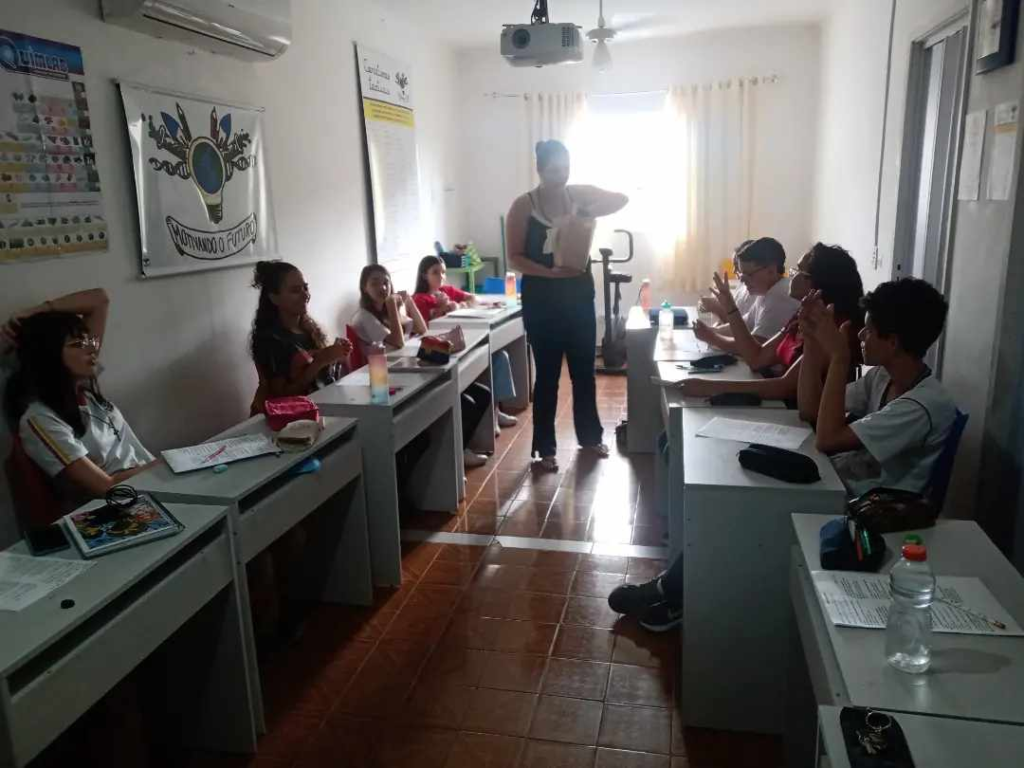
Our last class of 2023 even had ice cream!
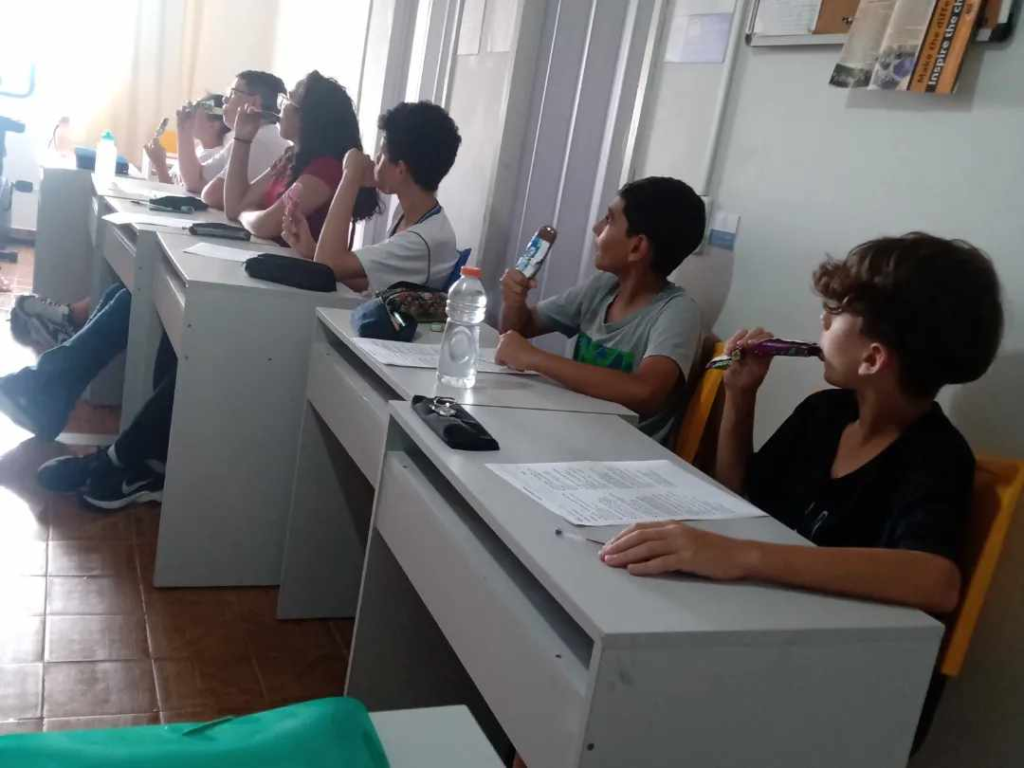
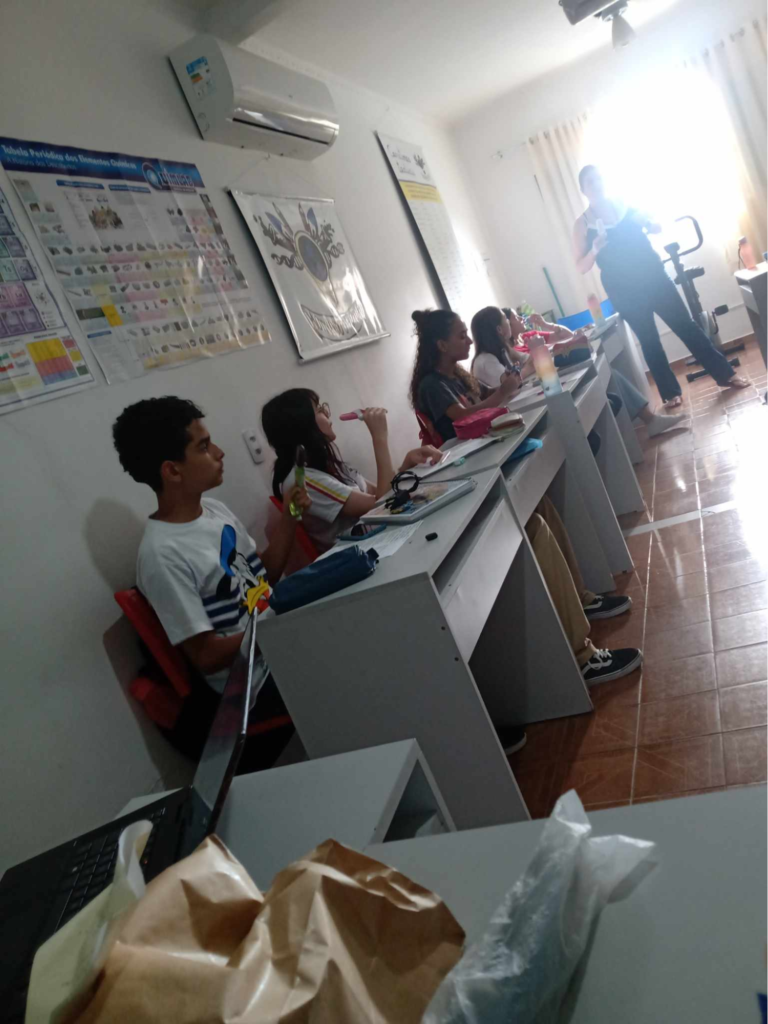
As mentioned above, the program was evaluated by the participants through a questionnaire. After reading the responses and seeing the group’s engagement, we believe that our goal was achieved. Considering that the current educational system is mainly oriented towards material development, little or almost nothing is done to “educate the heart”, there is no talk about human values and much less is offered to young people about inspirational content of the lives of peaceful and compassionate leaders, our project is pioneering in approaching these themes. We live in a society where competition and acquiring things is more valued than generosity and self-knowledge. Thus, having an environment where we can develop not only the intellectual and academic skills of our children and young people, but introduce reflections, meditation and knowledge about the pacifist social movements that have occurred throughout history is truly a treasure. For us, the satisfaction of seeing the evolution and transformation that occurs when non-violence strategies and the biography of elevated beings who lived on this planet are presented is one of the most sublime and inspiring feelings that exist.
Reading their stories about what it was like to participate in the program fills our hearts with joy and only increases the certainty that we are in the right direction!
“I really liked everything!! The teachers are wonderful, and I’m sure I’ll leave with much more knowledge and I’ll also get to know several important people that I didn’t know.”
Vitória, 11 years old.
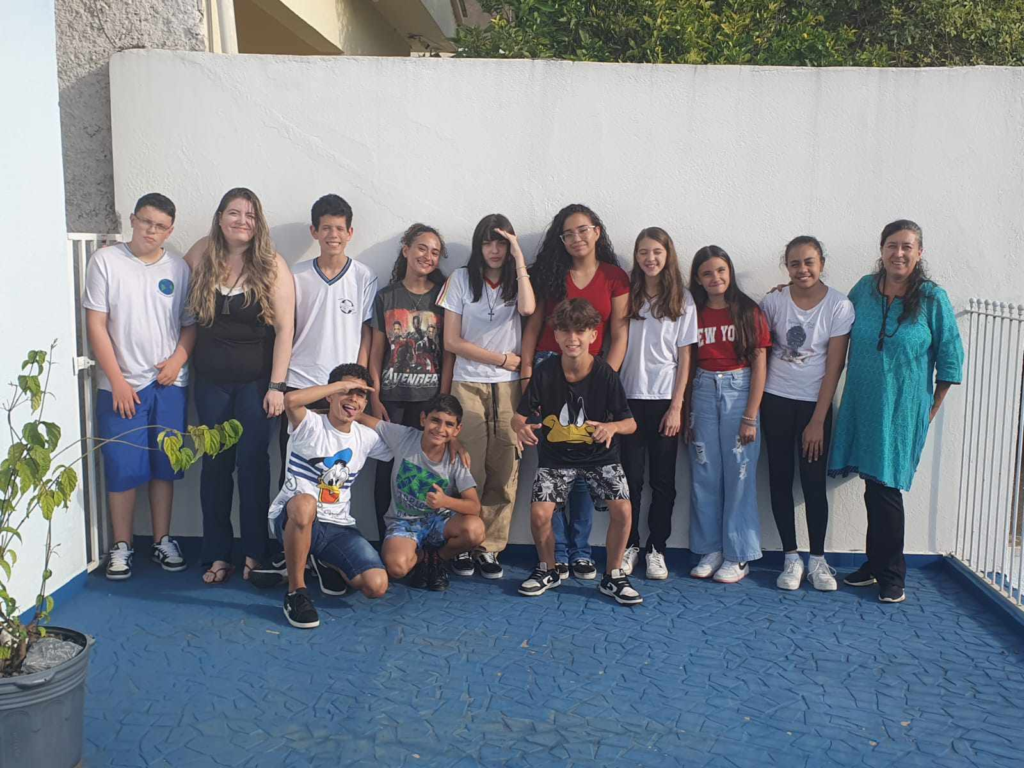
In 2024 the program will start a new phase, participants will have the opportunity to create and present solutions to community problems. In addition to deepening reflections, we will introduce the concept of Ecocitizenship, which will address local and global environmental problems that require the involvement of young people and adults for the continuity of life on the planet. We are sure that the engagement and maturation of ideas and actions will bring us beautiful fruits. We are very excited about the continuity and strengthening the bonds of the group.
Even after years of working on implementing Education for Peace programs, I never tire of doing my best to ensure that initiatives like this multiply. We will still come to the brilliant conclusion that Educating for Peace is a necessity, it is not a luxury or a waste of time. All universities linked to teacher training should provide the foundations for this to happen. There are many curricula being developed in this sense, ours is one of the pioneers here in Brazil and will soon reach the world through presentations at Peace Education seminars and congresses in other countries. Our gratitude goes to Ana Paula Cardoso and Pedro Henrique Cardoso Navarro who founded the Educational Institute André Luiz with an innovative spirit, with a humanistic vision and which provides this and many other incredible opportunities free of charge to children and young people who wish to achieve great goals through Education. Thanks to your dedication and engagement and all the volunteer teachers involved, the future will be much better for the children and young people who are empowered by Educandário.
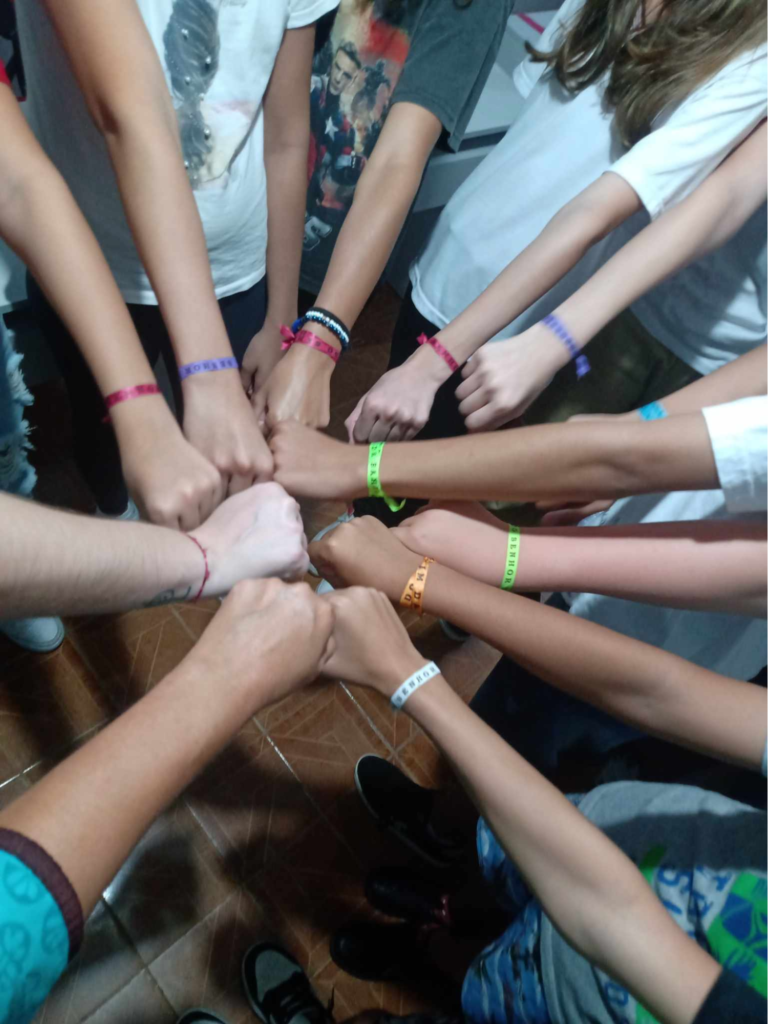
No one is better than all of us together!
To end this brief presentation, we will share the presentations made by young people throughout the program.. The videos published here were recorded during the classes and for some of them it was the first time they had to present a work orally, representing a double challenge.
This was just the beginning, in 2024 we will have much more!
Regina Proença is a philosopher, educator, learner and meditation practitioner since 2003.He is currently working on his Education for Peace program studying the effects of applying the Leadership and Emotional Health program with young people from Educandário André Luiz with the team from Coletivo Cultural Fora da Caixa in Sorocaba, S.P. She is currently undergoing training in the Tibetan Medicine course.
MIrela Proença has a degree in Human Resources, a postgraduate degree in Leadership and People Management. She works in the area of Human Resources and DEI, in addition to working as a teacher in the Education for Peace program at Educandário and Instituto André Luiz. Supports the development of the collective’s projects and events.

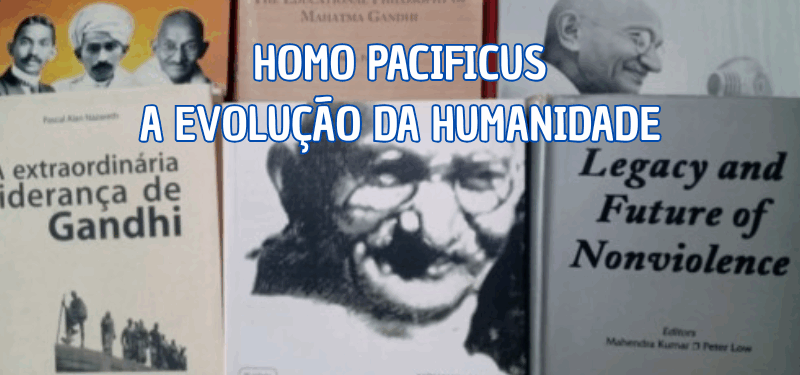
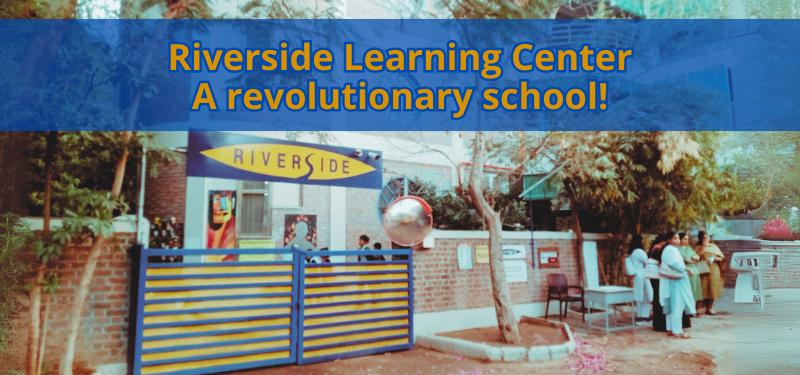
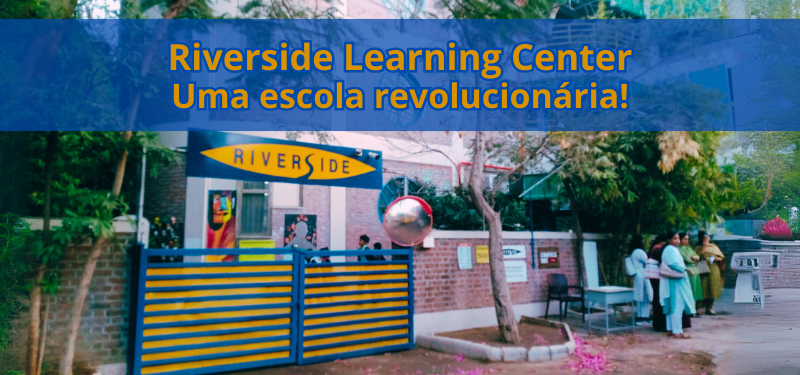
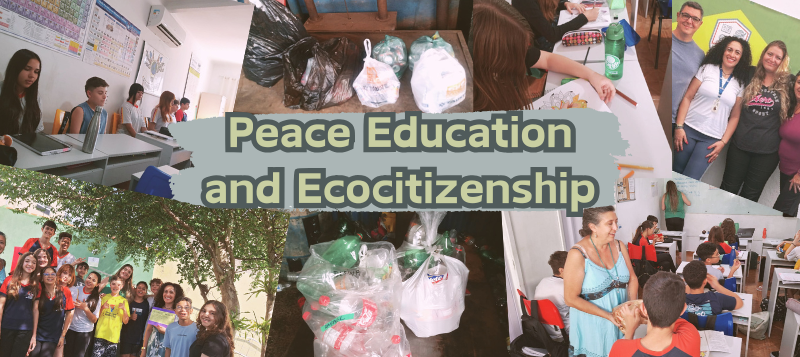
Um comentário em “Education for Peace – Leadership and Emotional Health Program”
Comentários estão encerrado.